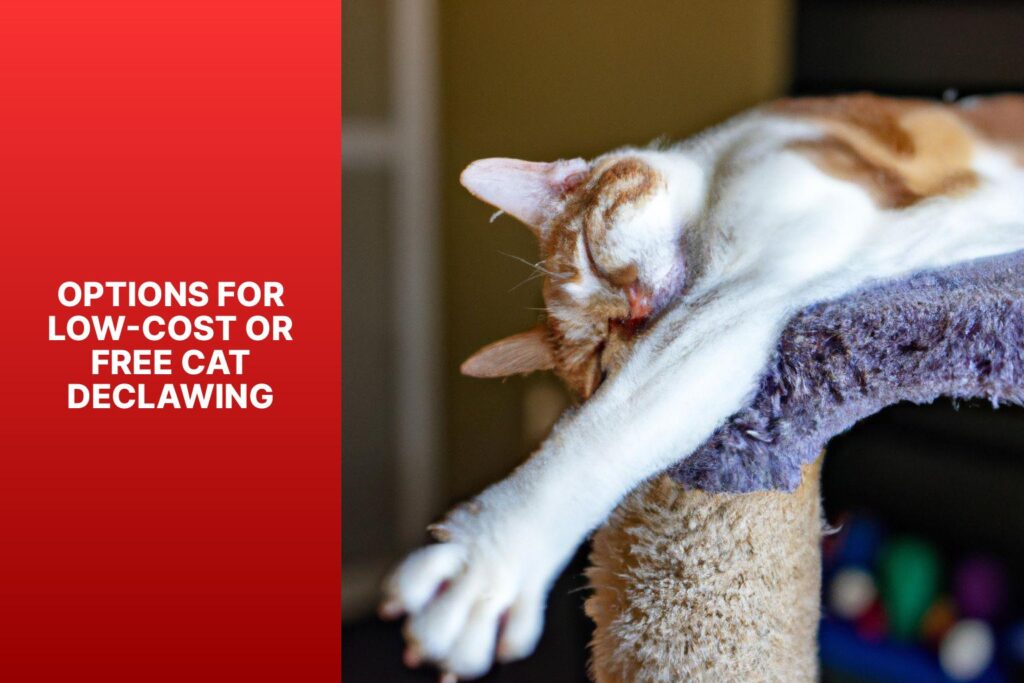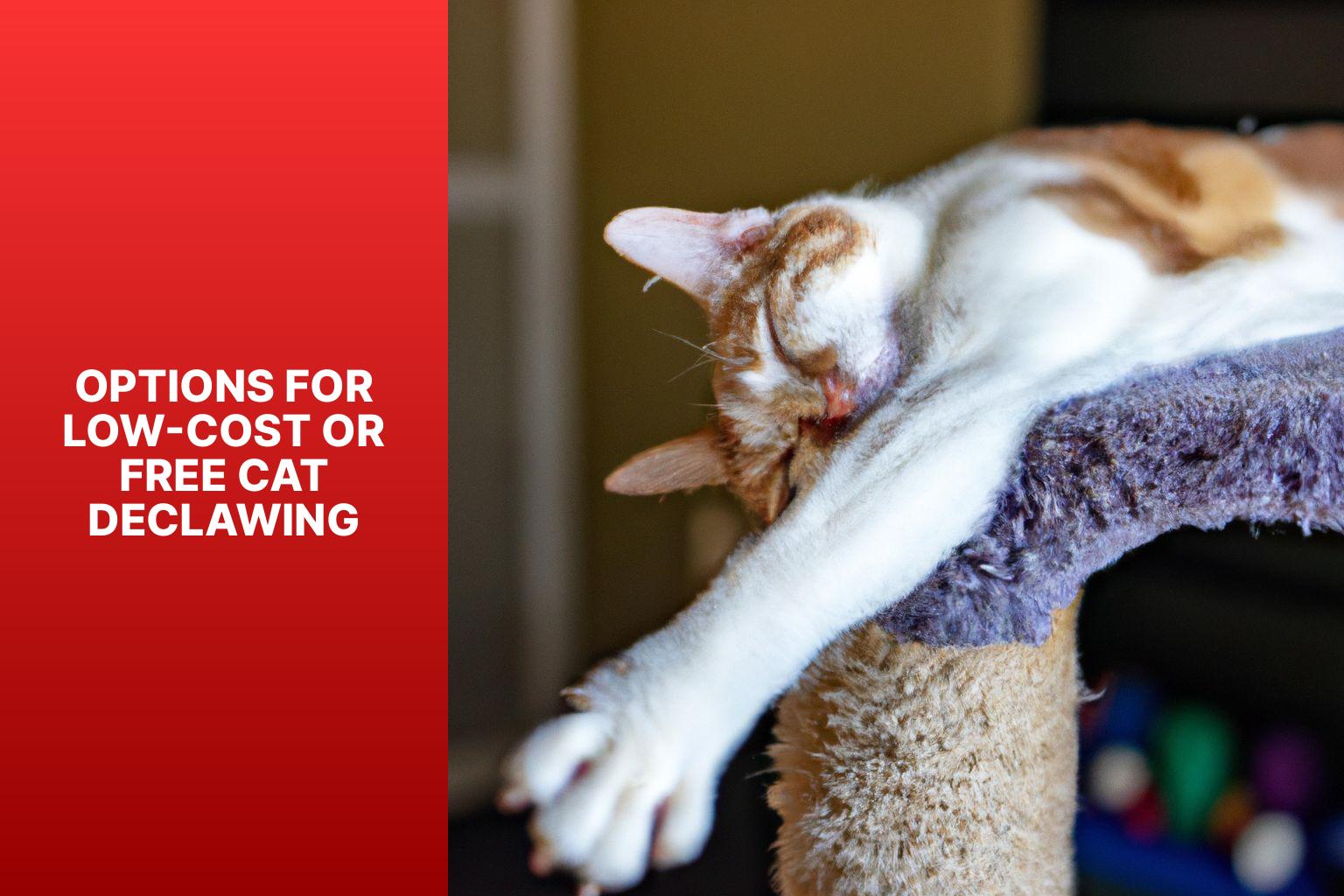
Declaw Cat San Diego: Understanding the Controversy and Alternatives
The decision to declaw a cat is a significant one, fraught with ethical considerations and potential health implications. In San Diego, as in many other parts of the world, the practice of declawing cats is a subject of intense debate. This article aims to provide a comprehensive overview of declawing, its risks, the arguments for and against it, and the alternatives available to cat owners in San Diego.
What is Declawing?
Declawing, technically known as onychectomy, is a surgical procedure that involves amputating the last bone of a cat’s toes. It’s not simply removing the claws; it’s removing the entire bone from which the claw grows. This is a permanent and irreversible procedure.
Why Do People Declaw Cats?
The primary reason people choose to declaw their cats is to prevent scratching furniture, carpets, and other household items. Some owners also believe it prevents injury to themselves or other family members, especially young children or those with compromised immune systems. Historically, declawing was sometimes presented as a routine procedure with minimal consequences, but this understanding has evolved significantly.
The Controversy Surrounding Declawing in San Diego
In San Diego, as across the US and globally, declawing is a contentious issue. Animal welfare organizations, veterinarians, and many cat owners oppose the procedure, viewing it as inhumane and unnecessary. They argue that it can lead to chronic pain, behavioral problems, and a reduced quality of life for the cat. Conversely, some owners and veterinarians maintain that declawing is a viable option when other methods of preventing scratching have failed and when the cat’s welfare or the owner’s safety is at risk.
Ethical Considerations
The ethical debate surrounding declawing centers on whether the procedure is justifiable given the potential harm it can cause to the cat. Opponents argue that declawing is a mutilating surgery performed solely for the convenience of the owner, violating the cat’s right to its natural behaviors. Proponents sometimes argue that declawing is a necessary evil to prevent cats from being abandoned or euthanized due to scratching problems. It’s a complex consideration with no easy answers.
Veterinary Perspectives
Many veterinarians in San Diego refuse to perform declawing procedures, citing ethical concerns and the potential for long-term complications. The American Animal Hospital Association (AAHA) and the American Association of Feline Practitioners (AAFP) have both taken stances against declawing, recommending it only as a last resort when all other alternatives have been exhausted and the cat’s welfare is at stake. Many veterinary clinics in San Diego actively promote alternatives to declawing.
Potential Risks and Complications of Declawing
Declawing is not a harmless procedure. It carries a number of potential risks and complications, both short-term and long-term.
- Pain: Declawing is a painful procedure, and cats may experience chronic pain long after the surgery.
- Infection: As with any surgery, there is a risk of infection.
- Lameness: Declawing can lead to lameness, especially if the surgery is not performed correctly.
- Nerve Damage: Damage to nerves during the procedure can cause chronic pain and discomfort.
- Behavioral Problems: Declawed cats may be more likely to bite, as they have lost their primary defense mechanism. They may also develop litter box avoidance issues due to pain associated with using the litter box.
- Bone Regrowth: In some cases, bone fragments can regrow, leading to painful bone spurs.
Alternatives to Declawing in San Diego
Fortunately, there are many effective alternatives to declawing that cat owners in San Diego can explore. These alternatives focus on managing scratching behavior in a humane and cat-friendly way. If you are looking for options related to “declaw cat San Diego”, remember that focusing on these alternatives is often the best approach.
- Scratching Posts: Provide plenty of scratching posts in different materials (sisal, cardboard, carpet) and locations throughout the house. Encourage your cat to use them by placing them near areas where they already scratch or by using catnip.
- Nail Trimming: Regularly trim your cat’s nails to dull the points and reduce the damage they can cause. Your vet or a groomer can show you how to do this safely.
- Soft Paws® Nail Caps: These are vinyl caps that are glued onto your cat’s nails. They prevent scratching damage without harming the cat. They need to be replaced every few weeks as the nails grow.
- Behavioral Modification: Redirect your cat’s scratching behavior by providing appropriate outlets and discouraging scratching on furniture. Use positive reinforcement techniques, such as rewarding your cat for using the scratching post.
- Environmental Enrichment: Provide plenty of toys, climbing structures, and other forms of enrichment to keep your cat entertained and stimulated. A bored cat is more likely to scratch inappropriately.
- Consult with a Veterinarian or Behaviorist: If you’re struggling to manage your cat’s scratching behavior, consult with a veterinarian or a certified veterinary behaviorist. They can help you identify the underlying causes of the behavior and develop a customized treatment plan.
Legal Status of Declawing in San Diego and California
While declawing is not currently illegal in the entire state of California, several cities within California, including West Hollywood, Los Angeles, and San Francisco, have banned the procedure. As of the current date, there is no city-wide ban on declawing in San Diego. However, the growing awareness of the ethical and welfare concerns surrounding declawing has led to increased scrutiny and potential for future legislation.
Finding a Veterinarian in San Diego
If you are considering declawing, it is crucial to consult with a veterinarian who is knowledgeable about the procedure and its potential consequences. However, given the ethical concerns, many veterinarians in San Diego may not offer declawing as an option. It’s important to find a vet who is willing to discuss all the alternatives and help you make an informed decision that is in the best interest of your cat. Be sure to ask about their experience with declawing, their stance on the procedure, and the potential risks and complications.
Questions to Ask Your Veterinarian
Here are some questions you should ask your veterinarian if you are considering declawing:
- What are the potential risks and complications of declawing?
- What are the alternatives to declawing?
- What is your stance on declawing?
- How much experience do you have with declawing?
- What type of pain management will be provided after the surgery?
- What are the long-term care requirements for a declawed cat?
Conclusion: Making an Informed Decision About Declaw Cat San Diego
The decision to declaw a cat is a complex one that should not be taken lightly. In San Diego, as elsewhere, there is growing opposition to the procedure due to ethical and welfare concerns. Before considering declawing, it is essential to thoroughly research the risks and alternatives, and to consult with a veterinarian who can provide you with unbiased information and guidance. Ultimately, the best decision is one that prioritizes the well-being and quality of life of your cat. Remember, finding a good vet in the “declaw cat San Diego” arena means finding someone who can offer alternatives and balanced advice. Declawing is a serious decision that impacts your cat’s life. Understanding the consequences and exploring alternatives is crucial for responsible pet ownership. Choosing to declaw a cat should be a last resort, carefully considered after exhausting all other options. Consider the long-term implications for your cat’s physical and emotional well-being before proceeding. The availability of numerous alternatives makes declawing an increasingly unnecessary and ethically questionable procedure. The goal is to create a harmonious living environment for both you and your feline companion without resorting to surgical interventions that can compromise their health and happiness. Remember to seek out the advice of multiple veterinary professionals before making any decisions about your cat’s care. Consider the long term effects of declawing your cat. It is a permanent decision that can have lasting impacts on your cat’s life. Think about the pain, the potential for infection, and the behavioral changes that can occur. Declawing a cat is a serious decision that should not be taken lightly. The best way to prevent scratching is to provide your cat with plenty of scratching posts and to trim their nails regularly. If you are having trouble managing your cat’s scratching behavior, talk to your veterinarian. They can help you develop a plan that works for you and your cat.
[See also: Cat Scratching Post Guide]
[See also: Nail Trimming for Cats: A Step-by-Step Guide]
[See also: Understanding Cat Behavior]
